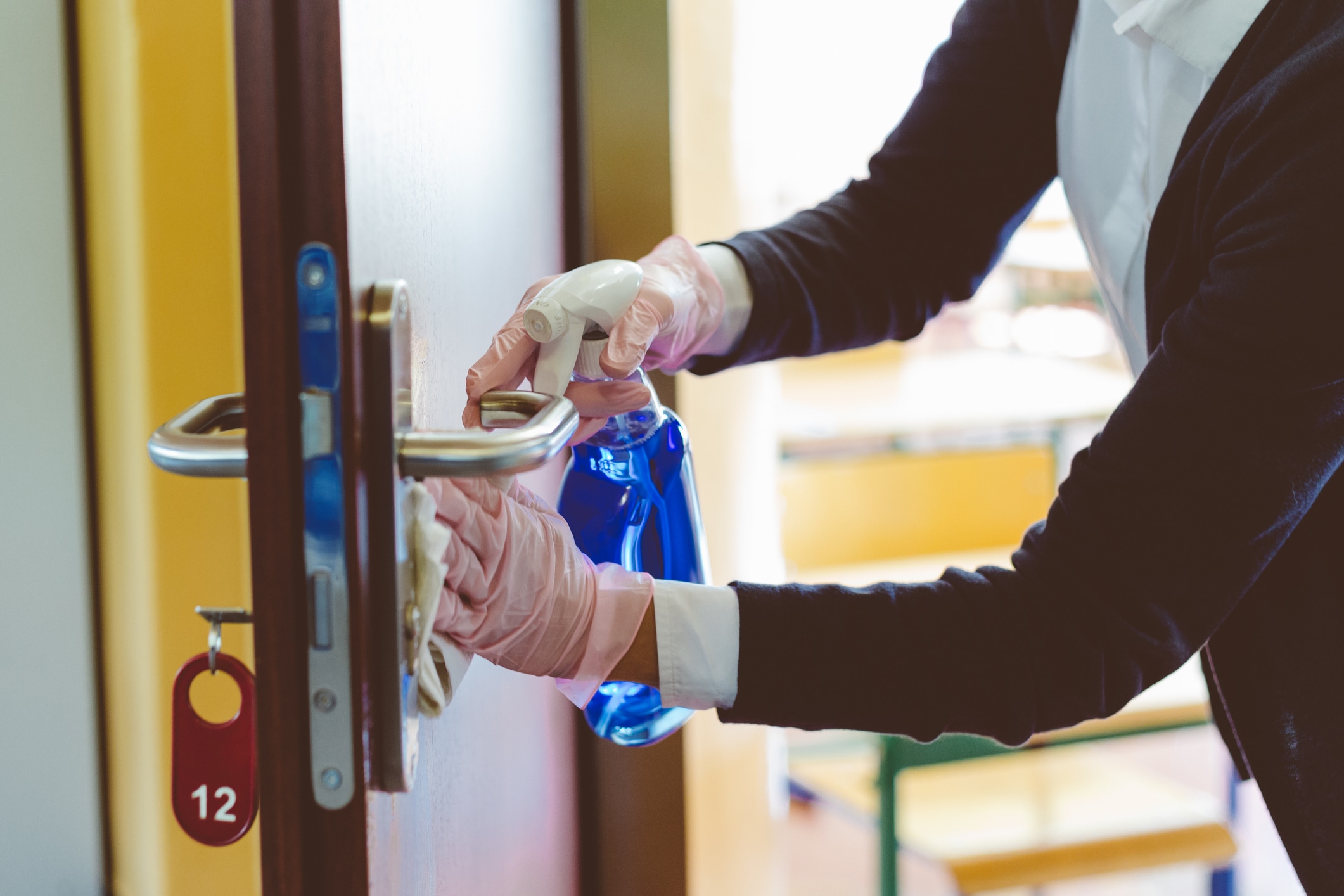As summer ends, many school districts and parents are thinking about how to send their kids back to school safely during the novel coronavirus pandemic.
Like managing a return to work, a return to school needs a defined plan and understanding of the risks to kids. The Center for Disease Control (CDC) has provided some guidelines, and lessons from other countries are slowly becoming available. Here’s a summary of what we now know
Health Risks to Kids
As reported in Science, some studies have shown that kids are less likely to catch and transmit coronavirus. They could even be one third or one half as likely as adults. Some preliminary evidence shows that younger children are also less likely to be infected than older children.Â
Based on this evidence, some countries have chosen to only return younger children to school. However, others have decided to only have older children return to school. A variety of approaches have been used and some are listed below.
Current Approaches
All of the approaches listed below have been recommended by the CDC and implemented in other countries.Â
- Cohorting: students are assigned to small groups and stay within these groups for the entire day. They are mixed as little as possible.
- Staggered start times: students arrive at school at different times so that not all the students are present at the same time. This allows for more social distancing.
- Face coverings: face coverings are one of the most effective ways to reduce transmission of the virus. However, teaching younger students to wear them all day can be a challenge. They are also not recommended for children under two, so this may not be a good approach for daycares with toddlers.
- Hygiene and Cleaning: reinforcing handwashing and sanitary procedures with kids is recommended.
The CDC also recommends having a contract tracing plan in place. The purpose is to track the spread of the virus.
Testing children for coronavirus is discussed by the CDC, but only recommended for symptomatic children or those that have been in contact with someone diagnosed with COVID-19. Other countries have used testing more extensively.
Success and Failures in Other Countries
Many countries have utilized the approaches discussed above. However, it can be challenging to figure out which approaches are the most effective, even after months of schools being in session. A comprehensive analysis of school reopenings across the globe was unable to give firm recommendations.Â
One of the complications of this study is that countries do not have the same transmission rates. All the approaches must be analyzed in the context of the local situation. For example, Germany had increased transmission among its students, but it already had a moderate level of transmission in the community.
So if a school is successful at preventing the spread of coronavirus, it could be due to their approach, or it could be because there’s a low transmission rate in the community.
Because of this variability, the CDC strongly urges schools to work with local health departments to tailor approaches to each location.
A Tailored Approach
While schools can look up considerations for reopening, the most appropriate plan for each school depends on many different factors. It must be tailored by the local community health department and the individual needs of the schools.
Remote Medical International has seen this need for a tailored solution among commercial clients as well. We’ve developed different screening and testing programs for workplaces as diverse as movie sets and marine vessels. Each worksite is unique.
Since each school is also unique, incorporating advice from local authorities and medical experts like RMI can help develop each school to develop an appropriate plan to keep its students safe.
Develop A Return-to-School Plan For Your Students
Are you interested in a return-to-school plan for your students?


